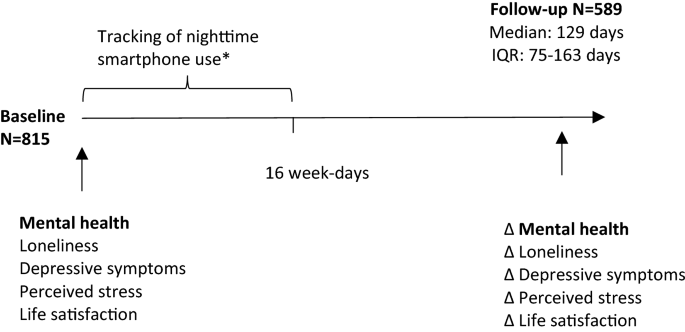- Select a language for the TTS:
- UK English Female
- UK English Male
- US English Female
- US English Male
- Australian Female
- Australian Male
- Language selected: (auto detect) - EN
Play all audios:
A lowland suckler herd, on land near some of the UK’s most productive dairying acres, is proving what can be achieved with a low-input system relying heavily on grass, but still capable of
producing finished cattle weighing up to 500kg by 10 months old. On mainly rented land around the farmhouse and buildings at Langford Farm, Lostock Green, Cheshire, beef producer John Gate
is expanding his herd to 100 cows. He remains committed to a no-frills system, which is earning him £600 and more a head for suckler bulls sold liveweight at under a year old. But this is
not a high-input operation. Neither does it rely on the most popular breeds that dominate the prime beef ring. With the odd exception, the suckler cows at Langford Farm are Hereford x
Holstein-Friesian and all calves are sired by Blonde d’Aquitaine bulls. Nor does management rely on pumping high intakes of creep feed into spring-born calves. You won’t find creep feeders
here. And in this exceptional year for grass John Gate was confident enough in the milking ability of his cows to leave the herd outside with calves still suckling their dams until early
November with no supplementary feed. ‘WEATHER’ “We’ve been able to keep cows and calves out a bit longer this year because of the weather and the grass, but we never creep feed. This year
calves were housed by late November and will be off the farm as finished cattle before the end of winter,” says Mr Gate. The suckler herd, run alongside a flock of 500 mostly Texel x Mule
ewes put to Rouge tups, was set up nine years ago based solely on Hereford x Holstein Friesian cows. LOWLAND BEEF * Avoid creep feed * Abrupt weaning * Low input breeds * Easy calving “The
cows are the heart of the system. Hard wearing – we still have cows well into their teens – easy calving, good milkers, docile and an unbeatable low maintenance cow on this type of system,”
says Mr Gate, who has no fixed female replacement policy and buys bulling heifers or cows with calves as needed. He also remains loyal to the Blonde d’Aquitaine. “A hugely underrated breed,
which gives us easy calving – 90% of cows calve without us seeing them – but produces cattle with the ability to grow quickly. And that’s essential for us to get bulls away as early as 10
months old.” CUBICLE HOUSED About 70% of the herd is now being switched to an April-May calving. Cows are cubicle housed in winter and fed silage and because of the policy of no creep
feeding, calves remain dependent on the milkiness of their Hereford-cross dams to maintain their growth rate throughout autumn. “We’re on fairly rough grazing, but these cows are tremendous
grass converters. Although the income earning end of the system relies on a quick finish of these calves, they aren’t pushed before weaning. The cows do it all.” Once calves are housed, cows
are dried-off and turned back to grass. “That’s not normal for us, but we are going to try to capitalise on the hardiness of the Hereford-cross cow and her ability to be out-wintered. We’re
short of housing, so we will run cows in small groups at grass and feed silage when they need it.” The six-month-old calves, weighing about 250kg, are abruptly weaned, an approach which is
carefully managed, but works well. “We’ve considered creep feeding just before we wean, but then you end up with chaos and stress at feeders. So we prefer an abrupt weaning and as long as we
introduce feed slowly we don’t get any digestive problems and can minimise any growth check.” Weaned calves, run in straw yards, will be gradually introduced to a dry mix based on 850kg of
rolled barley and 150kg of beef concentrate before moving on to an ad-lib diet. Autumn-born calves, which are not grazed, are drawn out of yards for winter selling. Typical early November
returns this year saw 10-month-old bulls weighing 500kg and making £.120-1.30/kg.” Target weight for bulls is 500kg at 10-12 months with heifers at 450kg at 13 months. “There’s no reason for
us to keep these bulls any longer. We’ve bought a weigh-crush which has been an eye-opener. We’ve had bulls at nine to 10 months gaining as much as 3kg a day.” RELATED LINKS:









